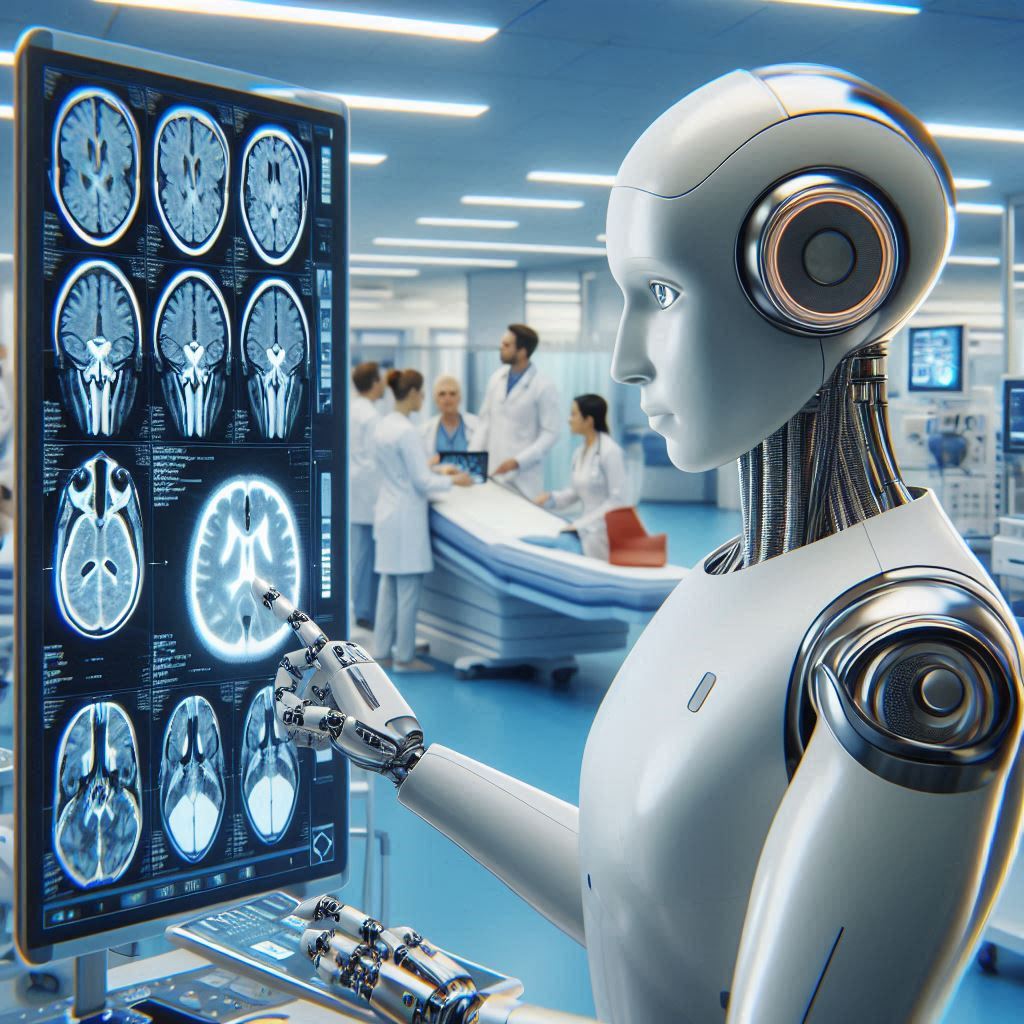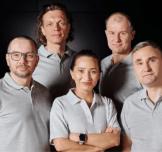You are here
Generative Adversarial Networks: From Deepfake To Medical Imaging

I told my friend that I will explain to him the technology behind Deepfake. He replied that he usually finds difficulty to understand technology concepts. I told him that he has just made my task easier.
Let us take this conversation as an example, I said. While trying to explain this technology to you, your feedback and comments make my explanation clearer and better, which leads to better understanding from your side. The same principle of learning from feedback applies to this technology as explained by the following example.
There are two programs, the first, the generator which attempts to imitate a real voice and create a new fake message from it that is difficult to discover by the discriminator.
The second program, the discriminator, tries to differentiate between the fake voice from the generator and samples from the original voice.
Both programs learn from the resulting output from the discriminator and compete with each other. The outcome of this competition is a new synthetic message that sounds like an original one.
This kind of content generation is based on an AI technology called Generative Adversarial Networks (GANs). This technology could be used to enhance image quality in applications like medical imaging and satellite imagery by generating images with improved details.
Furthermore, GANs could be used to enhance performance of machine learning models by creating variations from existing training data which help improve the accuracy of these models, a process called data augmentation
Technology is a tool used by human who can decide, and hence is responsible for, how to use it and the impact of its usage.































































EgyptInnovate site is not responsible for the content of the comments